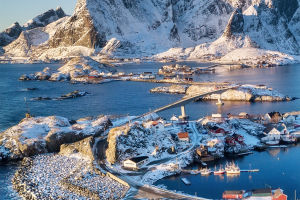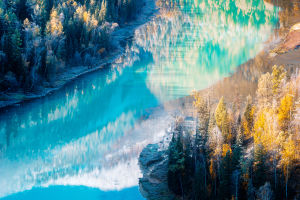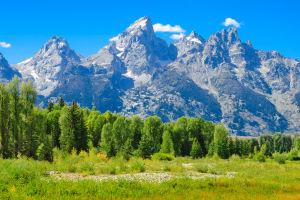The Salento Peninsula is located in the southeastern part of the Apennines, covering the provinces of Taranto, Lecce, and Brindisi in Puglia.
It is geographically situated at the easternmost point of Italy, bordered by the Ionian Sea to the south, the Adriatic Sea to the northeast, and the Gulf of Taranto, the Calabrian Peninsula, the Strait of Otranto, and Albania to the east.
Lecce is a city that shares its name with the province and is the center of Salento, which is also the high-heel part of Italy's boot. The ancient Roman theater, built in the characteristic Baroque style since the sixteenth century, is an important city in the Puglia region and is considered one of the world's capitals of Baroque architecture.
The local limestone used for the buildings is called Lecce stone, and the style of Lecce is called Lecce Baroque, which has earned the city several nicknames, including "Florence of the Baroque" and "Athens of Puglia," with the most famous being "Florence of the South."
Outside the city, there is a large botanical garden called La Cutura, featuring succulent plants from all over the world, large and small, flowery and green, a real treat for the eyes. Continuing along the coast, you will arrive at the small seaside resort town of Otranto.
Following the coastline, all the way south, at the easternmost point of Italy - Cape Otranto - stands the Torre Palascìa lighthouse, which has been there for over 100 years and now serves as an ecological observation point for the Mediterranean environment, where the Adriatic Sea meets the Ionian Sea.
The next town is San Cesarea Terme, a spa sanctuary as evidenced by the Terme ("spa") in the town's name. As soon as you enter the town, you will see the highest point of the Moorish-style Palazzo Sticchi, a private villa built at the end of the 19th century, that exudes an exotic atmosphere.
When the weather clears, head to Gallipoli, the old town on a small island connected to the mainland's new town of Gallipoli by a road bridge. Upon entering the gates of the old town, you will see a fortified castle on one side and a fish market on the other, built in the 11th century and rebuilt several times.
Many parts of the Puglia region have a long history of ceramic production, with traditional products mainly being tableware or bottles and jars for storing olive and olive oil produced in the region, while modern products are often used for decoration.
Along the coastline of the Salento Peninsula, nearly sixty defensive towers were built, allowing seafarers on ships to look far away from the coastline. Many of these towers are also built near freshwater rivers to prevent pirates from coming ashore to replenish fresh water.


